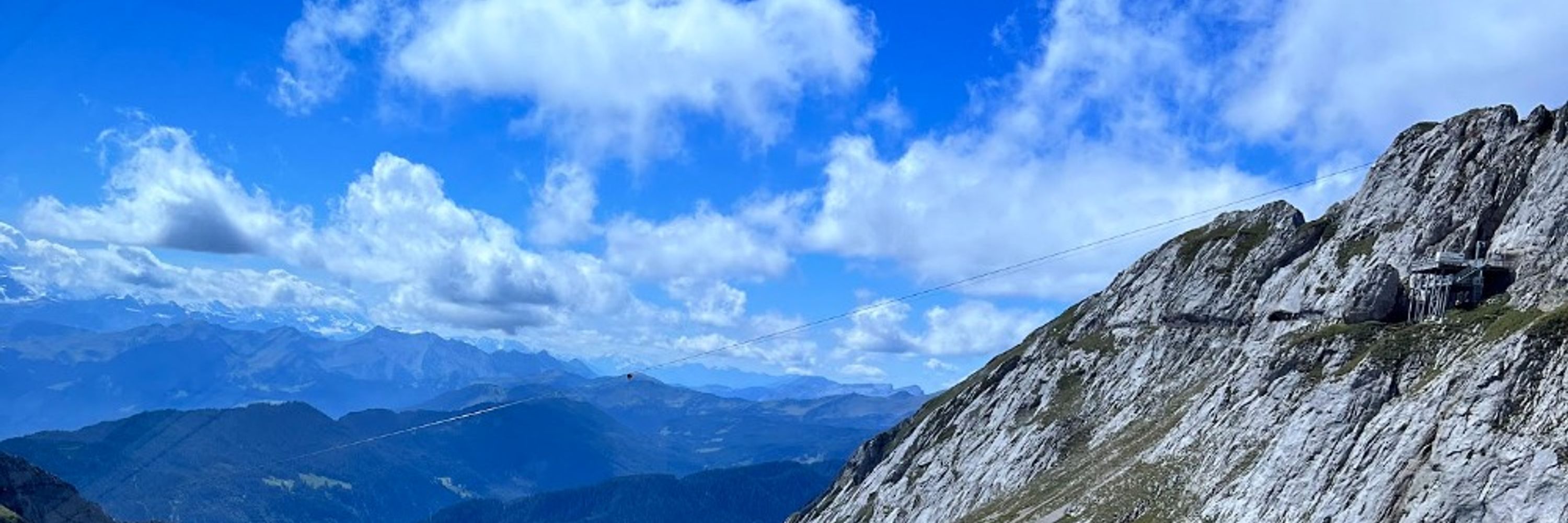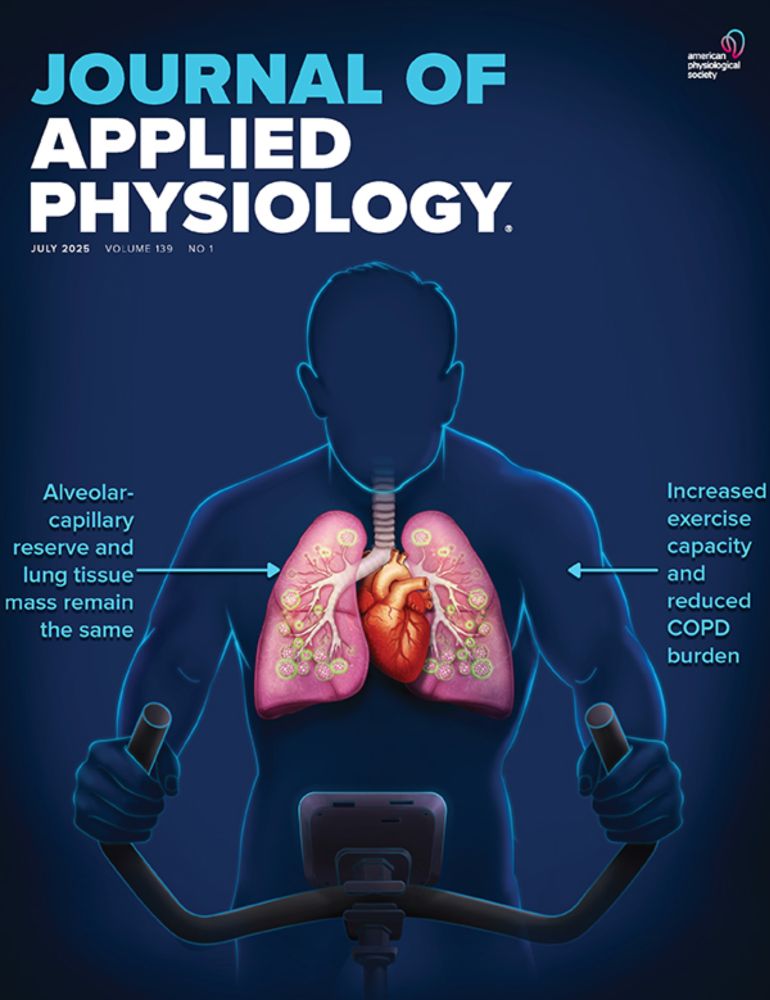

I got 54 taps in 10s. Can you beat me? 😏
Game link: actioncensus.org
#Sensorimotor #PsychSciSky #Neuroscience #Psychology
journals.physiology.org/doi/abs/10.1...
by @friedldegroote.bsky.social and colleagues

journals.physiology.org/doi/abs/10.1...
by @friedldegroote.bsky.social and colleagues
We combined psychophysics, 7T fMRI, and computational modeling of vision with placebo, 5mg, and 10mg psilocybin, in the same group of participants, to clarify the computational mechanisms of psychedelics. 🧵

We combined psychophysics, 7T fMRI, and computational modeling of vision with placebo, 5mg, and 10mg psilocybin, in the same group of participants, to clarify the computational mechanisms of psychedelics. 🧵

northeastern.wd1.myworkdayjobs.com/careers/job/...
northeastern.wd1.myworkdayjobs.com/careers/job/...
Details and application: apply.interfolio.com/177838
#hiring #postdoc #neurojobs #Neuroscience #NeuroTwitter
Details and application: apply.interfolio.com/177838
#hiring #postdoc #neurojobs #Neuroscience #NeuroTwitter
#neuroscience #CMU #cmuneuro #sicklecell #SickleCellAwareness #BrainHealth #painmanagement
www.cmu.edu/ni/news-even...

I got 54 taps in 10s. Can you beat me? 😏
Game link: actioncensus.org
#Sensorimotor #PsychSciSky #Neuroscience #Psychology

I got 54 taps in 10s. Can you beat me? 😏
Game link: actioncensus.org
#Sensorimotor #PsychSciSky #Neuroscience #Psychology

When we learn a category, do we learn the structure of the world, or just where to draw the line? In a cross-species study, we show that humans, rats & mice adapt optimally to changing sensory statistics, yet rely on fundamentally different learning algorithms.
www.biorxiv.org/content/10.1...

When we learn a category, do we learn the structure of the world, or just where to draw the line? In a cross-species study, we show that humans, rats & mice adapt optimally to changing sensory statistics, yet rely on fundamentally different learning algorithms.
www.biorxiv.org/content/10.1...
Computational modeling of error patterns during reward-based learning show evidence that habit learning (value free!) supplements working memory in 7 human data sets.
rdcu.be/eQjLN

Computational modeling of error patterns during reward-based learning show evidence that habit learning (value free!) supplements working memory in 7 human data sets.
rdcu.be/eQjLN


"Neural population dynamics during naturalistic versus task-related behavior"
w/
@yttrilab.bsky.social
@markolas.bsky.social
@adeneagle.bsky.social
NANO017.01

"Neural population dynamics during naturalistic versus task-related behavior"
w/
@yttrilab.bsky.social
@markolas.bsky.social
@adeneagle.bsky.social
NANO017.01
As a part of this paper, we also created the Transparent Statistical Reporting in Psychology checklist, which researchers can use to improve their statistical reporting practices
www.nature.com/articles/s44...

As a part of this paper, we also created the Transparent Statistical Reporting in Psychology checklist, which researchers can use to improve their statistical reporting practices
www.nature.com/articles/s44...
for leading this project.
Geometric properties of musical scales constitute a representational primitive in melodic processing
www.cell.com/iscience/ful...

for leading this project.
Geometric properties of musical scales constitute a representational primitive in melodic processing
www.cell.com/iscience/ful...
For those joining remotely, here is the link for the meeting:
harvard.zoom.us/j/9544921964...
Reminder, the conference will start promptly at 9am PST.
Please visit the website for additional information, schedule, registration, etc!
motor-conference.org/openconf.php

For those joining remotely, here is the link for the meeting:
harvard.zoom.us/j/9544921964...
Reminder, the conference will start promptly at 9am PST.
Please visit the website for additional information, schedule, registration, etc!
motor-conference.org/openconf.php
Learn more if you're a student, early-career scientist, or faculty who’s been underrepresented in the field.
Support is available for meeting travel + participation.
Details: ncm-society.org/dive...

Learn more if you're a student, early-career scientist, or faculty who’s been underrepresented in the field.
Support is available for meeting travel + participation.
Details: ncm-society.org/dive...
@iubloomington.bsky.social uses human behavior and noninvasive brain stimulation to study motor learning and perception. More info: blocklab.net/openings.html or [email protected]. Deadline is Dec. 15.




@iubloomington.bsky.social uses human behavior and noninvasive brain stimulation to study motor learning and perception. More info: blocklab.net/openings.html or [email protected]. Deadline is Dec. 15.

www.biorxiv.org/content/10.1...

www.biorxiv.org/content/10.1...
Previously, we show that neural representations for control of movement are largely distinct following supervised or reinforcement learning. The latter most closely matches NHP recordings.
We used a combination of neural recordings & modelling to show that RL yields neural dynamics closer to biology, with useful continual learning properties.
www.biorxiv.org/content/10.1...

Previously, we show that neural representations for control of movement are largely distinct following supervised or reinforcement learning. The latter most closely matches NHP recordings.
I am thrilled to share that I will be joining the University of Guelph's Department of Psychology in Neuroscience and Applied Cognitive Science as an Assistant Professor, starting July 1, 2026. I will be returning to Canada on Canada Day!
I am thrilled to share that I will be joining the University of Guelph's Department of Psychology in Neuroscience and Applied Cognitive Science as an Assistant Professor, starting July 1, 2026. I will be returning to Canada on Canada Day!
The lab has up to *3 postdoc openings* for comp systems neuroscientists interested in describing and manipulating neural population dynamics mediating behaviour
This is part of a collaborative ARIA grant "4D precision control of cortical dynamics"
euraxess.ec.europa.eu/jobs/383909

The lab has up to *3 postdoc openings* for comp systems neuroscientists interested in describing and manipulating neural population dynamics mediating behaviour
This is part of a collaborative ARIA grant "4D precision control of cortical dynamics"
euraxess.ec.europa.eu/jobs/383909

